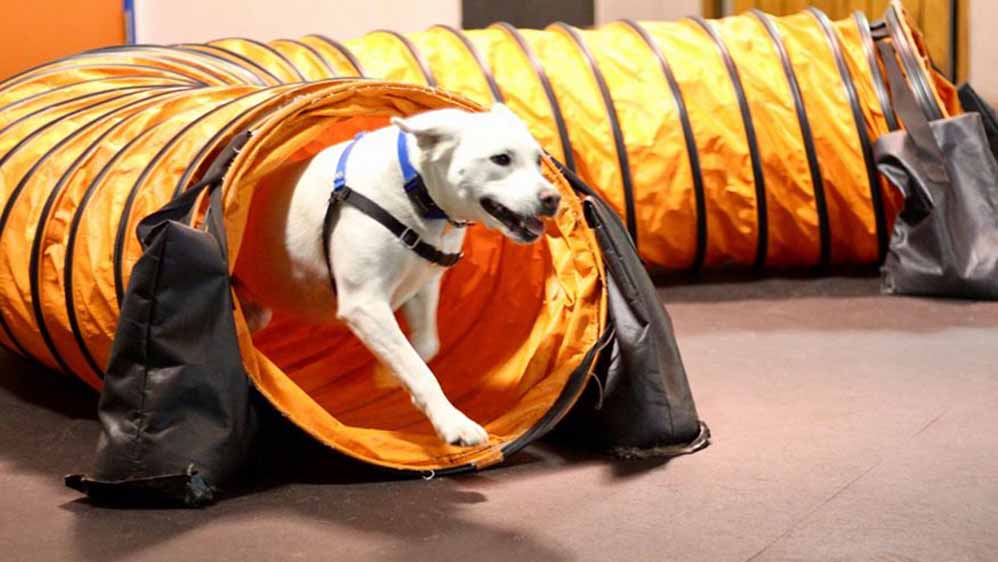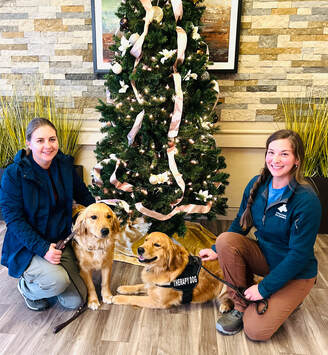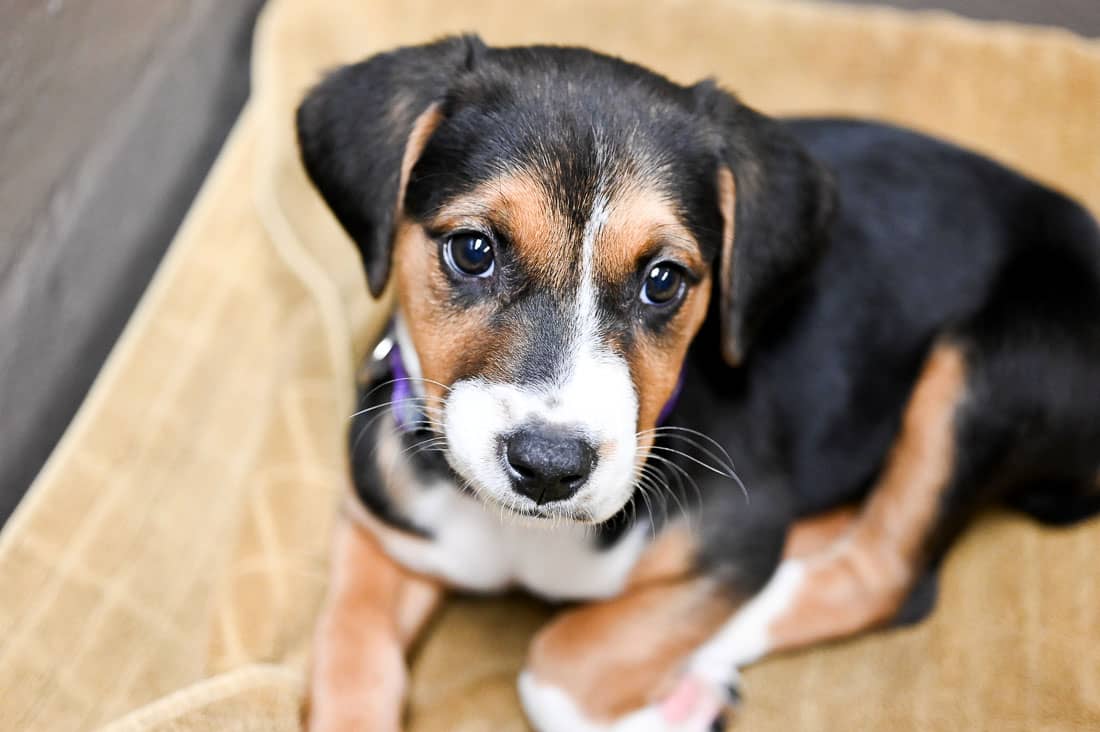Understanding Dog Body Movement During Dog Training
Understanding Dog Body Movement During Dog Training
Blog Article
Important Tips for Effective Dog Training: An Overview for Animal Owners
Efficient pet training is a multifaceted process that calls for a tactical technique tailored to both the pet's temperament and the proprietor's purposes. Understanding just how to browse these barriers can considerably boost the training experience, eventually changing the partnership in between proprietor and pet.
Recognizing Dog Behavior
Recognizing canine habits is crucial for efficient training and fostering a harmonious connection in between canines and their proprietors. Pet dogs communicate primarily via body movement, articulations, and actions, making it crucial for owners to translate these signals properly. Acknowledging a dog's pose, tail position, and ear positioning can give understandings into its psychological state. For example, a wagging tail does not always indicate happiness; it can also signal enjoyment or anxiousness.

Socialization plays a significant duty in pet dog actions; exposure to numerous settings, individuals, and various other animals can substantially affect a canine's character. Furthermore, aspects such as type attributes and private personality need to guide training methods, as some types might have details behavioral attributes that demand customized techniques. By comprehending these elements, proprietors can develop an encouraging atmosphere that urges positive behavior, causing successful training end results and a deeper bond with their family pets.
Establishing Regular Commands
Reliable communication with your canine starts with developing regular commands. This fundamental element of training is important for promoting understanding in between you and your family pet. Uniformity in the commands you utilize guarantees that your dog can reliably link details words or phrases with the wanted behaviors.
When selecting commands, choose clear, distinct words that are easy to separate and claim from one an additional. Avoid using similar-sounding commands that might confuse your dog. Making use of "rest" and "remain" is proper, however "sit" and "hit" might lead to misunderstandings.
Additionally, maintain the exact same tone and volume for each command. Pet dogs are delicate to vocal signs, so varying your tone can create complication.
It is equally vital to guarantee that all relative are on the very same page regarding the commands made use of. A united front in command usage will protect against blended signals and strengthen the discovering process.
Favorable Reinforcement Techniques
The power of positive reinforcement in canine training hinges on its ability to urge preferred actions with rewards and appreciation. This method is based in the concept that actions adhered to by beneficial outcomes are a lot more likely to be repeated. By including favorable reinforcement right into your training regimen, you can effectively form your dog's behavior in a constructive manner.
To implement positive support, it's necessary to recognize what encourages your pet, whether it be treats, toys, or spoken appreciation. When your dog does a desired activity, such as resting on command, immediately reward them with a treat or love. Website This association in between the command and the positive result reinforces their understanding.
It's important to timing the incentives properly; supplying the reinforcement within secs of the wanted behavior helps your pet make the link (dog training). Furthermore, consistency is vital-- make certain that all member of the family make use of the same commands and reward systems to stay clear of complication

Gradually, you can minimize the frequency of treats as your pet dog finds out the actions, transitioning to applaud or periodic benefits. This method not only promotes a solid bond in between you and your dog yet additionally promotes a favorable understanding setting, making educating a pleasurable experience for both.
Socialization and Interaction
Constantly revealing your pet to a range of settings, individuals, and other animals is critical for their social development. Socialization ought to start early, preferably during the essential window of 3 to 14 weeks, when pups are most responsive to new experiences. Older pets can additionally benefit from continuous socialization initiatives.
Introduce your pet dog to different setups, such as parks, pet-friendly shops, go to my site and urban locations. This direct exposure aids them adjust to numerous stimuli, minimizing stress and anxiety and worry reactions. Urge favorable interactions with various other pet dogs and individuals, making sure that these encounters are controlled and safe to cultivate confidence.
Use structured playdates with courteous pet dogs, as this can improve your pet dog's social abilities and instruct them appropriate actions. Obedience classes and training sessions also supply superb chances for socialization, enabling your canine to engage with others in a supervised setting.
Monitor your canine's body movement throughout communications, as this will certainly aid you evaluate their comfort degree. Progressively increase direct exposure to more difficult scenarios while making certain that each experience declares. A well-socialized pet is more probable to display balanced habits, making them a fantastic read a happiness to have in any setting.
Dealing With Typical Training Difficulties
Every dog proprietor will run into training obstacles at some time, no matter their pet's age or socializing level. Identifying typical concerns such as stubbornness, diversions, and fearfulness can assist in developing efficient methods for enhancement.

Slowly introduce diversions as the dog ends up being a lot more efficient in commands. Short, frequent training sessions are likewise effective in keeping attention.
Fearfulness can impede a pet dog's learning process. Steady desensitization to the source of worry, coupled with favorable support, can help relieve anxiety. Persistence is essential; never ever compel a pet dog into a circumstance that triggers distress, as this may intensify the concern.
Eventually, understanding and resolving these common difficulties with an organized approach will certainly cultivate a much more efficient training experience, strengthening the bond in between pet and owner while promoting effective discovering.
Final Thought
In recap, effective canine training counts on a comprehensive understanding of canine behavior, the establishment of constant commands, and the application of favorable reinforcement strategies. Socializing plays a vital duty in creating well-adjusted animals, while dealing with typical training difficulties requires patience and adaptability. By applying these necessary strategies, family pet proprietors can cultivate a strong bond with their dogs and promote preferable behaviors, inevitably bring about an unified partnership between human beings and their canine friends.
Understanding pet behavior is necessary for efficient training and fostering a harmonious partnership between canines and their proprietors.Socializing plays a significant duty in pet dog behavior; direct exposure to different environments, people, and various other animals can dramatically impact a pet's character.The power of positive reinforcement in dog training lies in its ability to motivate wanted actions with incentives and praise. By including favorable support into your training routine, you can effectively shape your dog's behavior in a useful manner.
In summary, successful pet training relies on a thorough understanding of canine behavior, the establishment of constant commands, and the application of positive reinforcement techniques.
Report this page